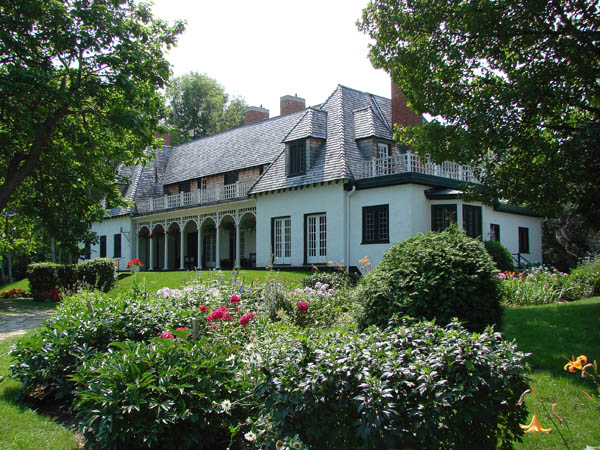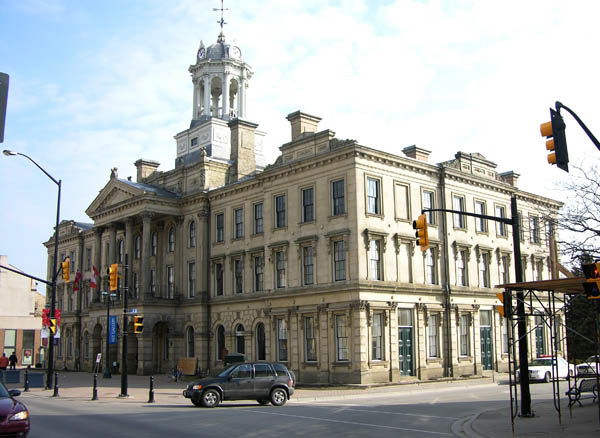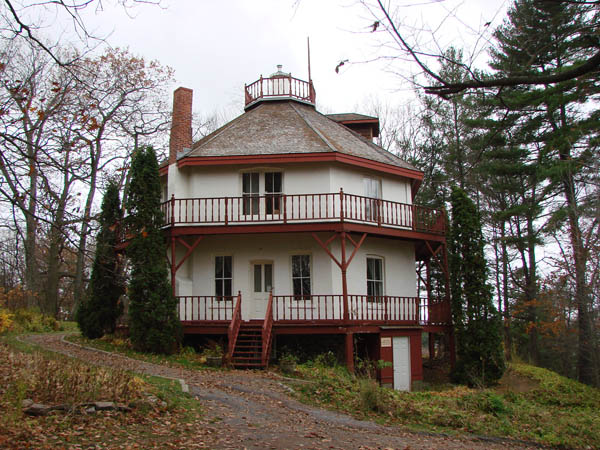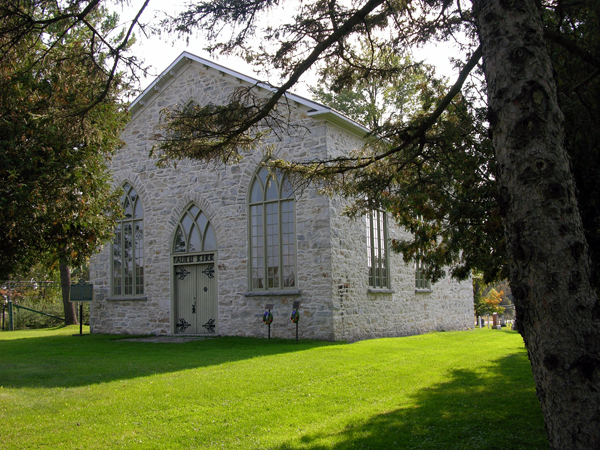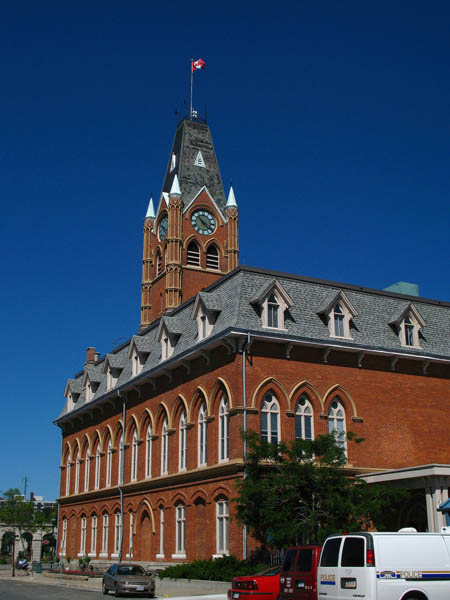Menu
St. John's Anglican Church, Peterborough
St. John's Church is associated with the early settlement of the Scott's Mills or Scott's Plains area (now the City of Peterborough) by over 200 Irish immigrants in 1825. While the area was overwhelmingly Roman Catholic, a small contingent of Church of England followers pressured the Anglican Church for a visiting clergyman.
Services were first held in the government school and by 1828 the congregation numbered 100. In 1834, with substantial public support, land was acquired for a permanent church. The costs of land and building encumbered the trustees of the church with a heavy debt that was not fully resolved until the 1860s.
St. John's is one of a few early stone buildings erected in Peterborough. Located on a promontory above the surrounding streets, the building dominates its immediate context. Constructed by Joseph Scobell from plans originally designed by Toronto architect John Howard and then revised by Kingston architect William Coverdale, this stone church was built in the Gothic Revival style, as is evident in the windows and their tracery. In 1852, Kivas Tully added new buttresses to repair the buckling walls. In 1875, the school annex on the Brock Street side was replaced by a separate brick building. Local architect John Belcher carried out substantial alterations in 1882-83. The 1882 restoration added the chancel and new stained glass windows by William Elliott of Toronto. Pews, a stencilled oak roof and a raised nave floor were also added at about this time. The crenellated tower that houses the impressive system of bells and chimes is a prominent church feature. Further renovations were also carried out in 1907, 1926 and 1927.
The Church was designated under the Ontario Heritage Act by the City of Peterborough in 1978, and the Ontario Heritage Trust secured a heritage easement in 1994 to conserve the property.

